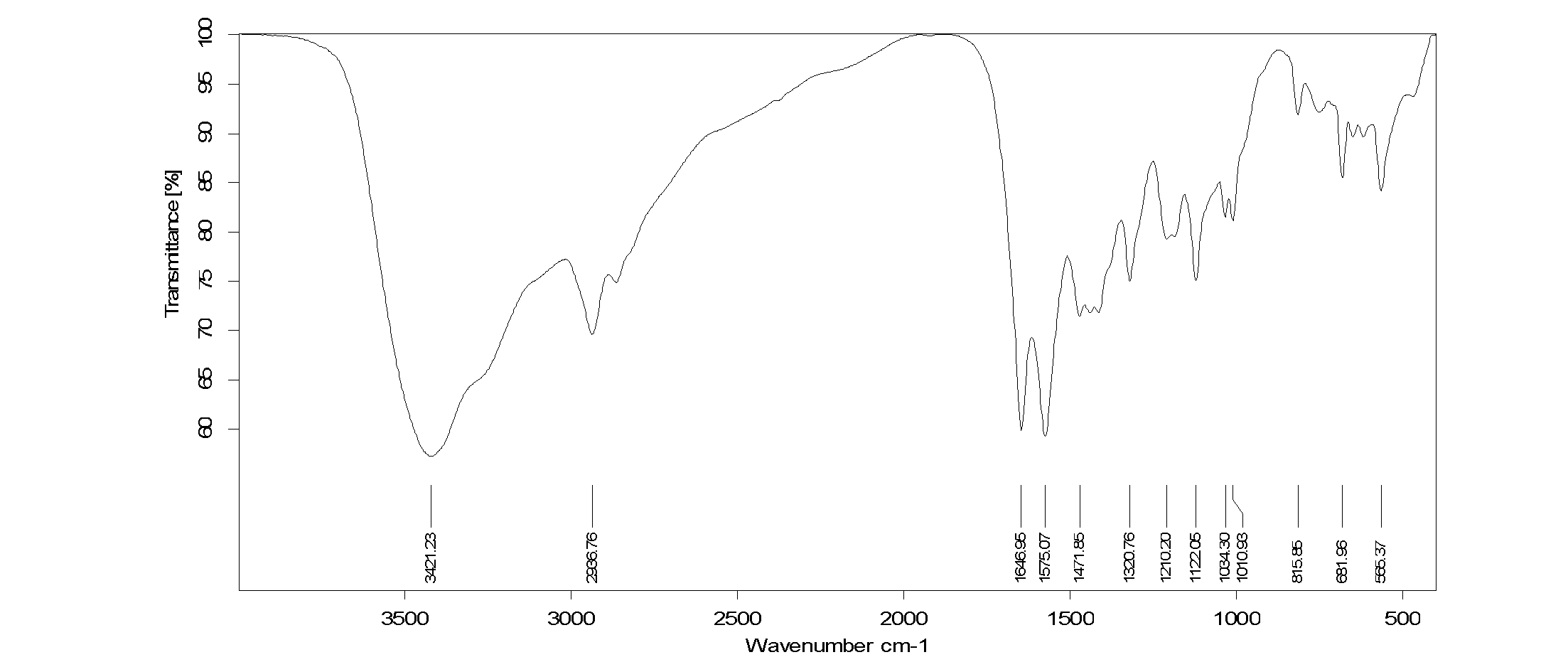Polycation capable of being degraded into spermine, and synthesis method and nanoparticles thereof
A technology of polycation and synthesis method, which is applied in the fields of polycation degradable to spermine and its synthesis and nanoparticle, can solve the problems of non-degradation and loss of spermine, etc.
- Summary
- Abstract
- Description
- Claims
- Application Information
AI Technical Summary
Problems solved by technology
Method used
Image
Examples
Embodiment 1
[0037] The synthetic method of Polyimine-PSP
[0038] like figure 1 Shown, the synthetic route of polycation. The whole reaction is carried out in an anhydrous and oxygen-free environment. Weigh a certain amount of spermine, add an appropriate amount of newly steamed ethanol to dissolve (add an appropriate amount of dry molecular sieves simultaneously), then weigh aceglyoxal (40w% aqueous solution) according to a suitable stoichiometric ratio, and store it at -10~10°C (preferably 0 °C), methylglyoxal (40w% aqueous solution) was slowly added dropwise to the above mixture. Then react overnight at room temperature at 10-30°C. Filtrate, dialyze the filtrate in deionized water for 10-48 hours with a dialysis bag (Mw=7000), freeze-dry at low temperature and remove water in a vacuum to obtain the final product.
[0039] The H-NMR spectrum of Polyimine-MSP is as follows figure 2 Shown; The IR spectrum of Polyimine-MSP is shown as image 3 shown by figure 2 , 3 It can be seen...
Embodiment 2
[0041] Polyimine-MSP in vitro degradation experiment
[0042] The GPC chromatographic columns involved in the present invention are water Ultrahydrogel water-soluble gel columns, which are respectively Ultrahydrogel 120 model WAT011520 and Ultrahydrogel 250 model WAT011525. The detector is a differential viewer. Size exclusion chromatography (equipped with a differential monitor) tests the relative molecular weight of polycations degraded under physiological conditions. This method uses 1-4% formic acid aqueous solution as mobile phase, and the flow rate is 0.6-1ml / min. First dissolve the polycation in pure water to prepare a 2mg / ml aqueous solution, then use dilute hydrochloric acid to adjust the pH value of the polycation aqueous solution to 7.4, then incubate at 37°C, and take samples at regular intervals for molecular weight testing. The result is as Figure 4 shown by Figure 4 It can be seen that within two hours, the molecular weight of the polymer did not change gre...
Embodiment 3
[0044] Preparation of polyimine-MSP and plasmid-forming complex polyplex
[0045] Preparation of complexes. Detection of polycation (Polyimine-MSP) as a gene carrier complexes DNA or RNA through electrostatic interaction under different mass ratios with DNA or RNA. Weigh quantitative polycations, add ultrapure water or DEPC water to make a 2mg / mL solution, then filter with a 0.22μm sterile filter head, dilute the plasmid concentration to 1mg / mL, and prepare complex solutions with different mass ratios , it is necessary to keep the concentration of the plasmid solution constant, then dilute the concentration of the polycation solution according to different mass ratios, pay attention to keep the volumes of the diluted polycation solution and the plasmid solution equal, and finally quickly add the polycation solution to the plasmid solution and mix , and incubated at room temperature for 15-30min, thus obtaining a series of complexes with mass ratio.
PUM
| Property | Measurement | Unit |
|---|---|---|
| particle diameter | aaaaa | aaaaa |
| refractive index | aaaaa | aaaaa |
Abstract
Description
Claims
Application Information
 Login to View More
Login to View More - R&D
- Intellectual Property
- Life Sciences
- Materials
- Tech Scout
- Unparalleled Data Quality
- Higher Quality Content
- 60% Fewer Hallucinations
Browse by: Latest US Patents, China's latest patents, Technical Efficacy Thesaurus, Application Domain, Technology Topic, Popular Technical Reports.
© 2025 PatSnap. All rights reserved.Legal|Privacy policy|Modern Slavery Act Transparency Statement|Sitemap|About US| Contact US: help@patsnap.com



